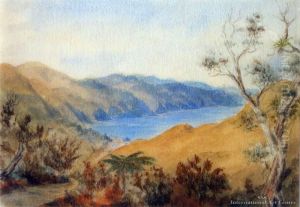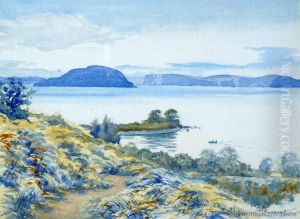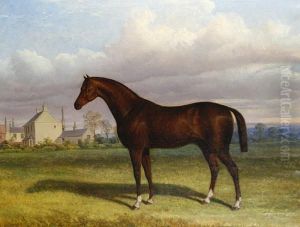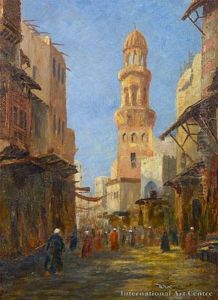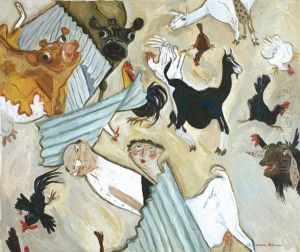William Francis Barraud Paintings
William Francis Barraud was a 19th-century British painter known for his depictions of animals, particularly horses and dogs. He was born in 1810 in Lambeth, London, into a family with a strong connection to the art world; his father was a silversmith and his younger brother, Henry Barraud, also became a well-known artist.
Barraud began his career as an apprentice to his uncle, William Barraud, who was a clerk of the paintings in the British Institution before deciding to pursue a career as an artist himself. He initially focused on painting portraits but soon developed a reputation for his animal paintings. His work often featured animals in landscape settings or as part of hunting scenes, which were popular subjects during the Victorian era.
In 1833, William Francis Barraud began exhibiting at the Royal Academy and continued to do so until his death. He also exhibited works at the British Institution and the Society of British Artists. His paintings were recognized for their realistic portrayal of the animals, and he was often praised for the accuracy and attention to detail in his depictions.
During his career, Barraud collaborated with his brother Henry on several paintings. While William focused on the animals, Henry would often paint the human figures and backgrounds. Together, they produced several well-regarded pieces that combined their respective talents.
Barraud's work was sought after during his lifetime and he received commissions from various patrons. Despite his success, he struggled financially and was known to have lived modestly. Sadly, his life was cut short when he died in 1850 at the age of 40. His works, however, continue to be appreciated by art enthusiasts and collectors, and they provide a charming glimpse into Victorian England's affinity for animal subjects.
